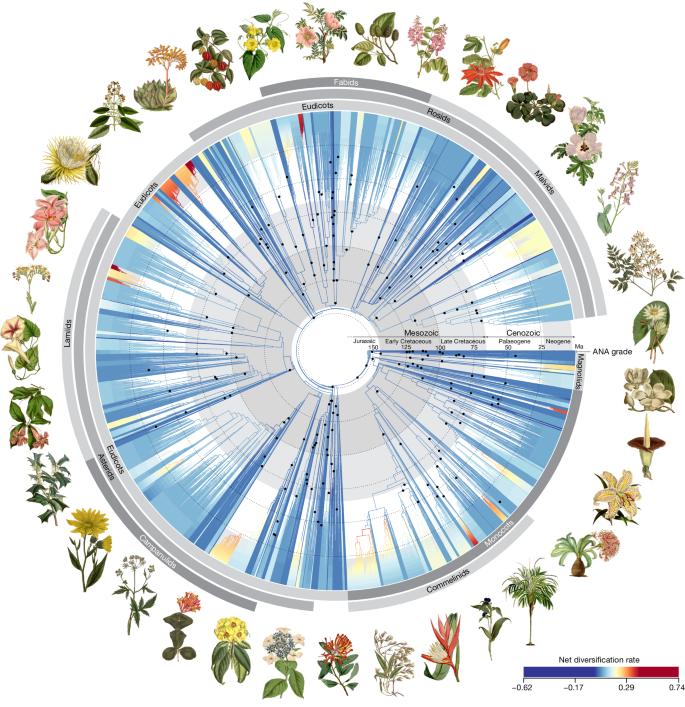2024-04-23 ミシガン大学
 A slice of the mouse brainstem demonstrates the detection of morphine (green) and the expression of the SPOTIT sensor (magenta). Image credit: Noam Gannot and Peng Li, U-M Sciences Institute
A slice of the mouse brainstem demonstrates the detection of morphine (green) and the expression of the SPOTIT sensor (magenta). Image credit: Noam Gannot and Peng Li, U-M Sciences Institute
<関連情報>
- https://news.umich.edu/chemical-tool-illuminates-pathways-used-by-dopamine-opioids-and-other-neuronal-signals/
- https://www.pnas.org/doi/10.1073/pnas.2307090121
Gタンパク質共役型受容体アゴニストマッピングのための一本鎖蛍光インテグレーター Single-chain fluorescent integrators for mapping G-protein-coupled receptor agonists
Kayla Kroning, Noam Gannot, Xingyu Li, +7, and Wenjing Wang
Proceedings of the National Academy of Sciences Published:April 22, 2024
DOI:https://doi.org/10.1073/pnas.2307090121
Significance
A comprehensive understanding of G protein-coupled receptor (GPCR) signaling in the brain requires brain-wide detection of their endogenous and synthetic agonists at high spatial resolution. We developed a platform called Single-chain Protein-based Opioid Transmission Indicator Tool (SPOTIT) for all GPCRs, abbreviated as SPOTall. SPOTall can detect GPCR agonists and leave a fluorescent mark on cells for whole brain analysis at cellular resolution. We demonstrated SPOTall with three GPCRs and applied the beta 2-adrenergic receptor-SPOTall sensor in mouse brains to detect exogenously administered isoproterenol and epinephrine. Finally, we used mu-opioid receptor-SPOTIT2 in mouse brains to detect morphine binding. SPOTIT and SPOTall potentially can be applied for brain-wide detection of GPCR agonists at cellular resolution in mouse models.
Abstract
G protein-coupled receptors (GPCRs) transduce the effects of many neuromodulators including dopamine, serotonin, epinephrine, acetylcholine, and opioids. The localization of synthetic or endogenous GPCR agonists impacts their action on specific neuronal pathways. In this paper, we show a series of single-protein chain integrator sensors that are highly modular and could potentially be used to determine GPCR agonist localization across the brain. We previously engineered integrator sensors for the mu- and kappa-opioid receptor agonists called M- and K-Single-chain Protein-based Opioid Transmission Indicator Tool (SPOTIT), respectively. Here, we engineered red versions of the SPOTIT sensors for multiplexed imaging of GPCR agonists. We also modified SPOTIT to create an integrator sensor design platform called SPOTIT for all GPCRs (SPOTall). We used the SPOTall platform to engineer sensors for the beta 2-adrenergic receptor (B2AR), the dopamine receptor D1, and the cholinergic receptor muscarinic 2 agonists. Finally, we demonstrated the application of M-SPOTIT and B2AR-SPOTall in detecting exogenously administered morphine, isoproterenol, and epinephrine in the mouse brain via locally injected viruses. The SPOTIT and SPOTall sensor design platform has the potential for unbiased agonist detection of many synthetic and endogenous neuromodulators across the brain.


